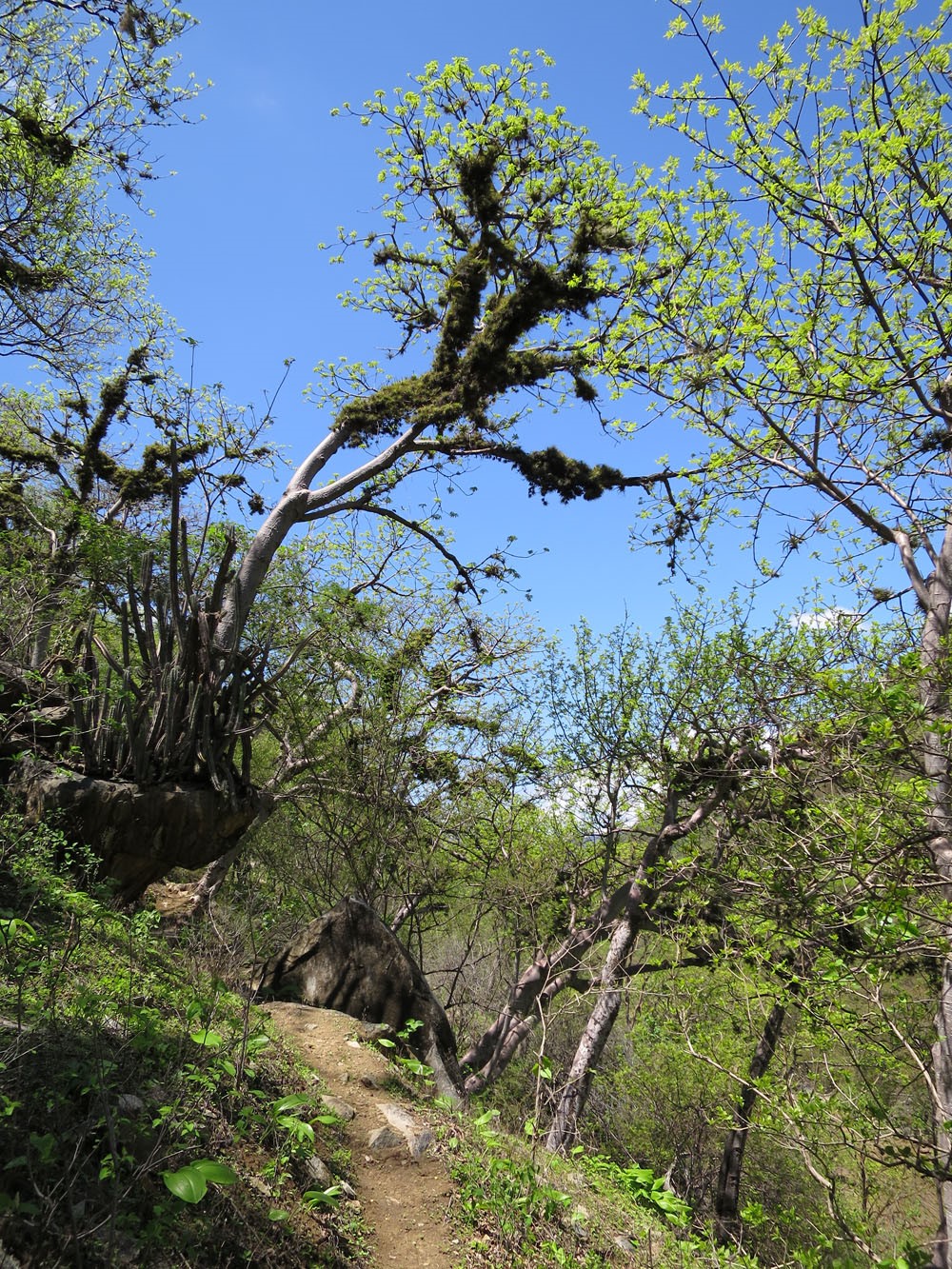A3 Nutrient supply as driver of biomass production and associated ecosystem water fluxes along a land-use and climate gradient [funded by DFG]
PI(s) for this project:
Prof. Dr. Wolfgang Wilcke
Abstract:
 Our overall objective is to determine the impact of climate and land-use change on mineralization of organic matter, rock and soil weathering along environmental gradients. In the second phase, we will include the dry forest in the Laipuna reserve to which the research unit will expand the joint core-plot design. The new plots will cover native dry forest and agroforestry at 600 and 1200 m a.s.l. We will contribute with our data to all joint objectives of the research unit. Our data will serve to parameterize and validate the expansion of the newly developed LSM HUMBOL-TD to the dry forest.
Our overall objective is to determine the impact of climate and land-use change on mineralization of organic matter, rock and soil weathering along environmental gradients. In the second phase, we will include the dry forest in the Laipuna reserve to which the research unit will expand the joint core-plot design. The new plots will cover native dry forest and agroforestry at 600 and 1200 m a.s.l. We will contribute with our data to all joint objectives of the research unit. Our data will serve to parameterize and validate the expansion of the newly developed LSM HUMBOL-TD to the dry forest.
Subproject A3 will provide necessary data for model forcing and for model evaluation. We will measure bulk deposition and estimate nutrient leaching from the canopy and the mineral soil at both elevations. In the mineral soil samples of the core plots, we will determine soil texture and bulk density as important input variable of the modeling efforts, pH, cation-exchange capacity, base saturation, and total C, N, P, and S concentrations. Furthermore, we will determine N mineralization rates with a short-term incubation and by measuring the vertical distribution of δ13C values and C concentrations in soil. We will quantify weathering rates by using open-system mass balances, with a pHstat approach (i.e., accelerated weathering at constant pH in the laboratory), and by measuring the vertical distribution of stable Ca isotope ratios in soil as a novel potential indicator of weathering. We will evaluate the depth of water uptake with the help of isotopically labeled water, the depth of N uptake with a 15N tracer, and the depth of K uptake with the help of Rb and Li as tracers. Finally, we will determine the degree of microbial phosphate processing with a 18O-labeling approach as indication of the size of the microbial P pool, which is a major source of plant-available P.
All data will be provided at the core plot and plant functional type level and part of the data even at the level of the joint individual target plants thereby contributing to the joint response-effect framework analysis. Subproject A3 will deepen our understanding of the effect of climate and land-use change on plant nutrition and major nutrient supply and loss processes in the natural dry forest and its anthropogenic replacement systems.
Dry forest vegetation in the Laipuna Reserve (Photo: A. Velescu)


